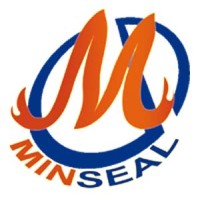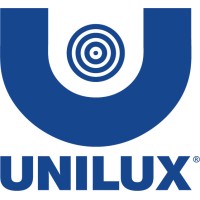
Mineral Seal Corporation (Minseal)
Mineral Seal Corporation engages in engineering, manufacture and distribution of high performance specialty gasket seal fabrics rope packing products for various applications: flexible graphite, braided compression mechanical packing, high temperature textiles, fiber glass and ceramic fiber cloth, tape and rope, other refractory and sealing materials which are mostly developed from natural minerals. We are dedicated to providing cost-effective solutions for all industrial or R&D applications.






